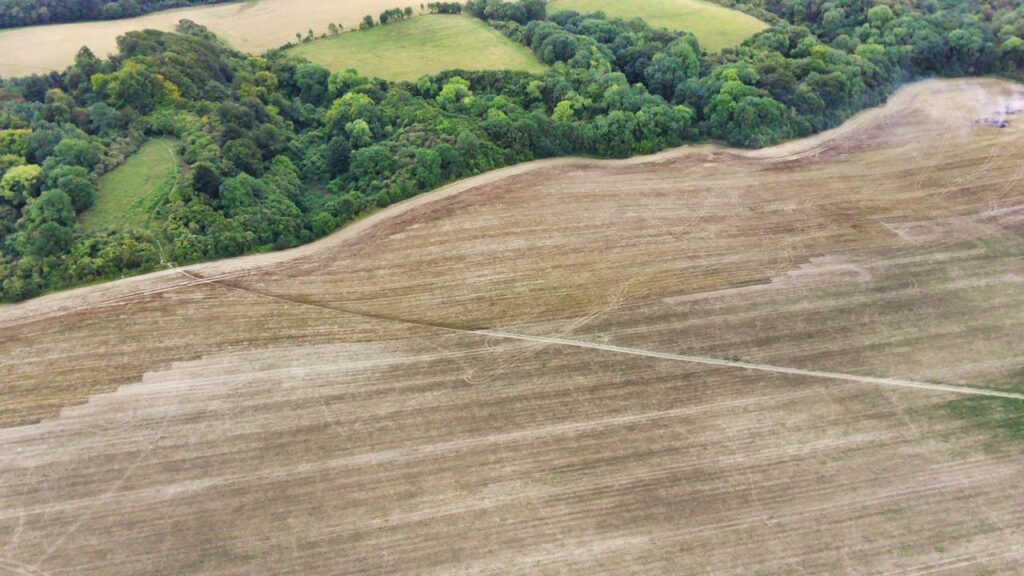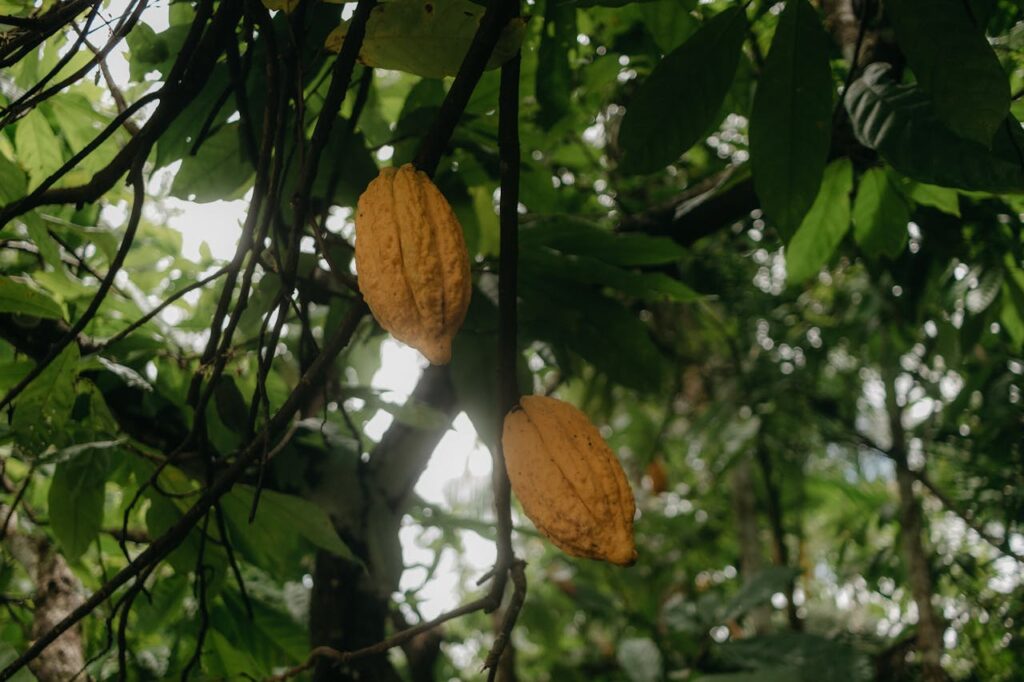A Brazilian farmer’s parable about the effects of a local forest on his crops and his region has stayed with Ludmila Rattis, a scientist at the Woodwell Climate Research Center, for years. In the telling, a water spring was an eye, and the trees surrounding it were eyelashes. Mother Nature took care of the forest, the animals who lived there, and the farmer’s nearby fields, which produced big ears of corn. But, he noted, “the tears of the earth only flow when the eyelashes surround the eye. After we removed the vegetation from the spring, it wept for a couple more years. Then it stopped crying.”
The wider world is finally waking up to the strong interdependencies between forests, crops, animals, and people described by this farmer. Research is increasingly revealing the vital benefits of trees and forests for agriculture, including their role in regulating local and regional climate, protecting water resources, improving the health of rural workers, restoring soil fertility, reducing soil erosion, and fostering pollination.


